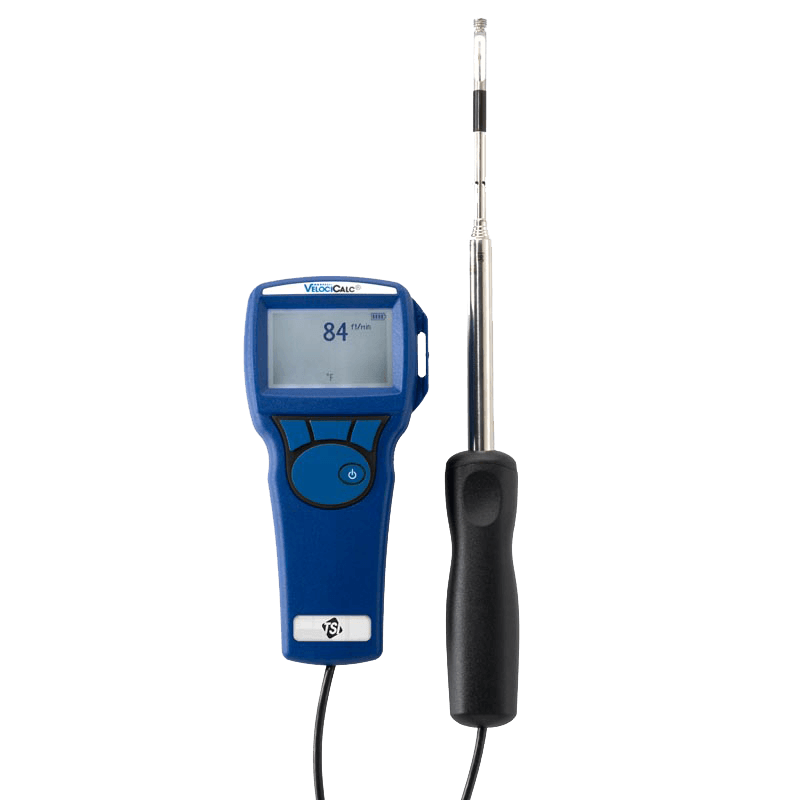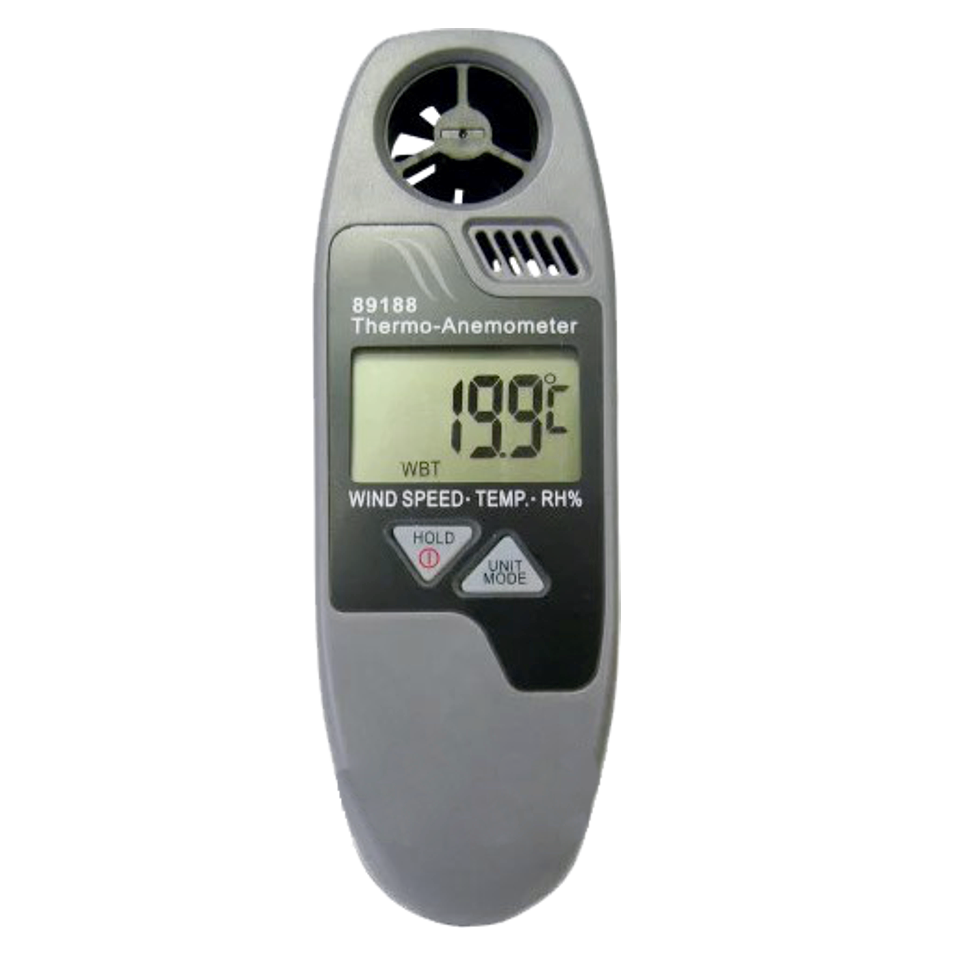Checking Out the Functions and Benefits of Anemometers for Weather Enthusiasts and Experts
Anemometers stand as critical tools in the realm of weather monitoring, accommodating both enthusiasts and seasoned experts alike. These tools use a window into the vibrant globe of wind patterns and speeds, offering vital information for atmospheric evaluation and projecting. From cup anemometers to sonic anemometers, each type brings its one-of-a-kind collection of applications and benefits, clarifying numerous facets of atmospheric conditions. As we look into the features and benefits of anemometers, a deeper understanding emerges not just of dominating weather phenomena but additionally of the more comprehensive ramifications for industries like wind energy production and ecological study.
Importance of Anemometers in Climate Tracking
Anemometers play a crucial role in weather condition tracking by supplying accurate measurements of wind speed, aiding in forecasting and understanding weather patterns. These tools, varying from conventional mug anemometers to modern-day ultrasonic anemometers, are essential for meteorologists, scientists, and weather condition lovers alike. By gauging wind rate, anemometers help in establishing the intensity of weather sensations such as hurricanes, storms, and storms. Furthermore, they offer useful data for aviation, maritime procedures, and numerous markets that are sensitive to wind problems.

Types of Anemometers and Their Applications
With the critical role anemometers play in weather surveillance and projecting, understanding the various sorts of these tools and their applications comes to be necessary for experts and lovers in the field. The most common kinds of anemometers consist of cup anemometers, vane anemometers, hot-wire anemometers, and ultrasonic anemometers. Cup anemometers include three or four cups placed on straight arms that rotate with the wind, measuring its rate. Vane anemometers, on the various other hand, use a freely revolving vane to align with the wind direction, providing both wind rate and direction dimensions. Hot-wire anemometers operate based on the principle of convective warm transfer, where the cooling result of the air circulation is gauged to identify wind rate. Ultrasonic anemometers use ultrasonic sound waves to determine wind speed and direction properly.
Each kind of anemometer has its one-of-a-kind benefits and applications. Cup anemometers are ideal and durable for general weather monitoring, while vane anemometers are favored for directional dimensions. Hot-wire anemometers are sensitive to low air rates, making them excellent for interior atmospheres. Ultrasonic anemometers are non-intrusive and provide high precision, often used in study and specialized climate surveillance applications. Understanding the characteristics and applications of each kind of anemometer is important for picking the most ideal tool for specific climate checking needs.
Benefits of Making Use Of Anemometers in Forecasting
In meteorology, the application of anemometers offers important benefits for improving the visit site accuracy of weather condition projecting. Anemometers measure wind speed and direction, supplying essential data for forecasting weather patterns. By integrating wind data into forecasting versions, meteorologists can better comprehend the motion of weather systems, expect modifications in weather, and concern extra accurate forecasts.
In addition, anemometers play a crucial role in evaluating possible weather dangers. Checking wind speeds helps forecasters anticipate severe climate occasions such as typhoons, hurricanes, and read more winter season storms with greater precision. This very early caution system allows authorities to provide prompt notifies and execute needed safety actions, lowering the threats to life and residential property.
Additionally, anemometers help in maximizing renewable resource production. By assessing wind patterns, meteorologists can determine ideal areas for wind farms and forecast power output, adding to the effective generation of wind power.

Anemometers in Wind Energy Manufacturing
Offered the vital function anemometers play in supplying precise wind data for weather forecasting and danger analysis, their importance includes the realm of wind energy manufacturing. Anemometers are necessary instruments in the field of wind power, where the dimension of wind rate and direction is important for determining the feasibility and performance of wind turbine installations. By precisely determining wind speeds at click over here now varying elevations, anemometers aid enhance the placement and layout of wind generators to maximize energy result.
In wind ranches, anemometers are tactically positioned to accumulate real-time wind data that is utilized to examine the potential energy production of a site. This information is critical in establishing the economic feasibility of wind power tasks and in forecasting power generation to make sure grid security. Additionally, anemometers help in keeping track of wind problems to optimize turbine efficiency, prevent damages from high winds, and make certain the safety and security of employees working in the vicinity of wind turbines.
Enhancing Weather Condition Understanding With Anemometers

Anemometers play a crucial duty in enhancing our understanding of microclimates. These localized climate condition can vary considerably from more comprehensive regional forecasts, making it important to have accurate information for particular areas. anemometer. By strategically placing anemometers in different locations, researchers can collect comprehensive information on exactly how wind behaves in various terrains, metropolitan settings, or bodies of water
Additionally, anemometers add to boosting weather condition forecasting models by supplying real-time information on wind habits. This information is specifically beneficial for predicting extreme weather occasions, optimizing farming techniques, and supporting industries like air travel and maritime navigation. Overall, anemometers are indispensable instruments that allow us to delve deeper right into the complexities of weather systems, inevitably leading to more better-informed decisions and accurate forecasts.
Conclusion
In conclusion, anemometers play an important duty in weather condition surveillance and forecasting by gauging wind speed and direction. Anemometers likewise have applications in wind power manufacturing, additional highlighting their importance in both weather forecasting and renewable energy markets.
From cup anemometers to sonic anemometers, each kind brings its special collection of applications and benefits, dropping light on various facets of climatic conditions. These instruments, varying from traditional mug anemometers to modern-day ultrasonic anemometers, are important for meteorologists, scientists, and climate lovers alike. The most common kinds of anemometers include mug anemometers, vane anemometers, hot-wire anemometers, and ultrasonic anemometers. Cup anemometers are durable and appropriate for general weather condition tracking, while vane anemometers are preferred for directional dimensions. Anemometers are important tools in the area of wind power, where the measurement of wind speed and direction is important for figuring out the expediency and performance of wind generator installations.